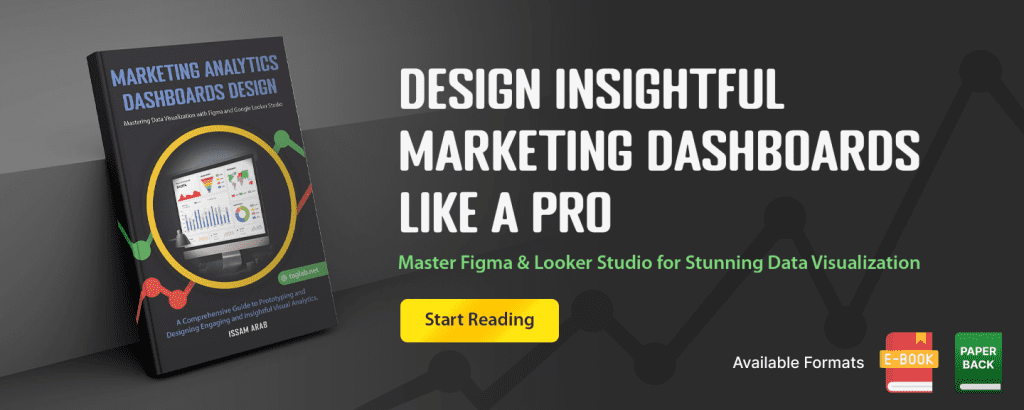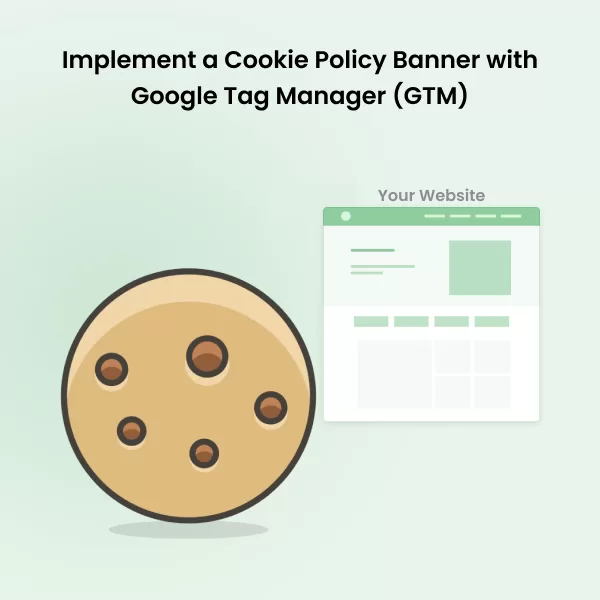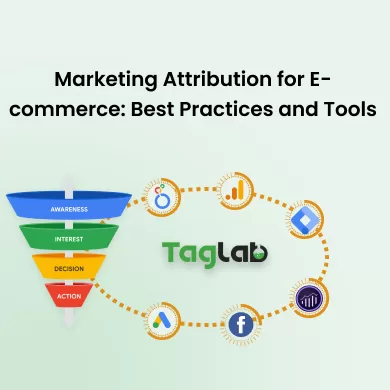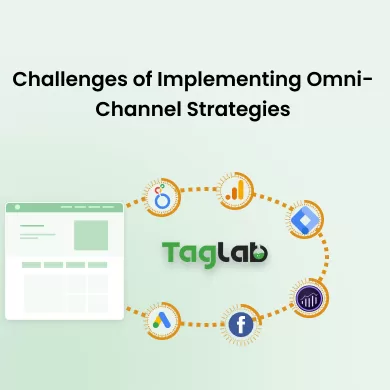Your cart is currently empty!
Webinar Conversion Rate Metric Definition
Posted by:
|
On:
|
Webinar Conversion Rate is a key performance indicator (KPI) that measures the percentage of webinar attendees who take a desired action after attending the webinar. This metric helps businesses understand the effectiveness of their webinar in driving conversions and achieving specific goals.
Detailed Explanation
What is Webinar Conversion Rate?
Webinar Conversion Rate is calculated by dividing the number of attendees who take the desired action by the total number of attendees, then multiplying by 100 to get a percentage. A higher conversion rate indicates that the webinar content and call-to-action were effective in driving the desired outcomes.
How it Works?
Webinar Conversion Rate provides insights into how well a webinar performs in encouraging attendees to take specific actions, such as signing up for a product trial, purchasing a service, or downloading a resource. It is an important metric for assessing the overall impact of the webinar on achieving business objectives. High conversion rates suggest that the webinar content is compelling and that the call-to-action is effective.
Types of Conversions
- Sales Conversions: Attendees who make a purchase after the webinar.
- Lead Conversions: Attendees who provide contact information for follow-up.
- Engagement Conversions: Attendees who engage further, such as downloading a resource or signing up for a trial.
Illustrative Scenarios
Examples
- If 100 attendees join a webinar and 20 of them make a purchase, the Webinar Conversion Rate is (20/100) x 100 = 20%.
- If another webinar has 200 attendees and 40 sign up for a trial, the Webinar Conversion Rate is (40/200) x 100 = 20%.
Segmentation
Analyzing Webinar Conversion Rate by different segments (e.g., by attendee demographics, webinar topic, or marketing channel) can provide deeper insights. For example, comparing conversion rates across different audience segments can help optimize content and marketing strategies for each group.
Factors Influencing Webinar Conversion Rate
- Webinar Content Quality: High-quality, relevant content increases the likelihood of conversions.
- Call-to-Action (CTA) Effectiveness: Clear and compelling CTAs guide attendees toward taking the desired action.
- Audience Engagement: Engaged attendees are more likely to convert.
- Follow-Up Strategies: Effective follow-up communication can enhance conversion rates.
Strategies to Improve Webinar Conversion Rate
- Creating Compelling Content: Develop content that addresses the audience’s needs and interests.
- Optimizing CTAs: Design clear and persuasive CTAs to encourage attendees to take action.
- Enhancing Audience Engagement: Use interactive elements such as polls, Q&A sessions, and live chats to keep attendees engaged.
- Implementing Follow-Up Strategies: Send personalized follow-up emails and resources to attendees after the webinar.
Webinar Conversion Rate Benchmarks
Webinar Conversion Rate benchmarks vary by industry and type of webinar. For example:
- B2B Webinars: Typically have conversion rates ranging from 20% to 40%.
- B2C Webinars: Conversion rates often range from 10% to 30%.
- Product Demos: Conversion rates usually range from 30% to 50%.
Comparing your Webinar Conversion Rate against industry standards can help gauge performance and set realistic goals.
Tools for Measuring Webinar Conversion Rate
- Webinar Platforms: Tools like Zoom, GoToWebinar, and Webex provide detailed conversion metrics and analysis.
- Analytics Tools: Platforms like Google Analytics can help analyze webinar performance and conversion rates.
- CRM Systems: Tools like Salesforce and Zoho CRM offer webinar tracking and conversion rate data.
- Marketing Automation Tools: Tools like Marketo and Pardot provide comprehensive webinar analytics and reporting.
Common Pitfalls and Mistakes
- Ignoring Content Relevance: Failing to create relevant content can result in lower conversion rates.
- Overlooking CTAs: Ineffective or unclear CTAs can lead to missed conversion opportunities.
- Neglecting Audience Engagement: Not engaging the audience during the webinar can reduce conversions.
- Inadequate Follow-Up: Failing to follow up with attendees can result in lost conversion opportunities.
Frequently Asked Questions
What is Webinar Conversion Rate?
Webinar Conversion Rate measures the percentage of webinar attendees who take a desired action after attending the webinar. It is calculated by dividing the number of attendees who take the desired action by the total number of attendees, then multiplying by 100.
Why is Webinar Conversion Rate important?
Webinar Conversion Rate is important because it indicates the effectiveness of the webinar in driving conversions and achieving specific goals. A higher conversion rate suggests successful engagement and compelling content.
How can I improve my Webinar Conversion Rate?
Improving Webinar Conversion Rate can be achieved by creating compelling content, optimizing CTAs, enhancing audience engagement, and implementing effective follow-up strategies.
What factors influence Webinar Conversion Rate?
Factors influencing Webinar Conversion Rate include webinar content quality, CTA effectiveness, audience engagement, and follow-up strategies. Addressing these factors can help increase conversion rates.
What is a good Webinar Conversion Rate?
A good Webinar Conversion Rate varies by industry. B2B webinars typically range from 20% to 40%, B2C webinars from 10% to 30%, and product demos from 30% to 50%. Comparing against industry benchmarks can help set realistic goals.




